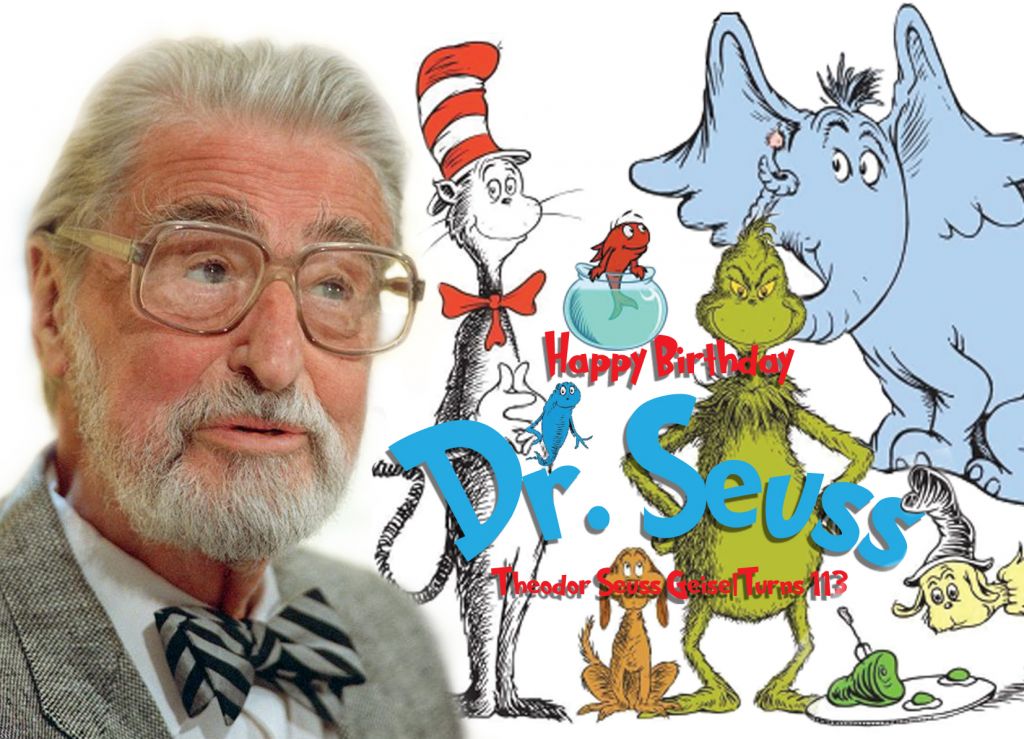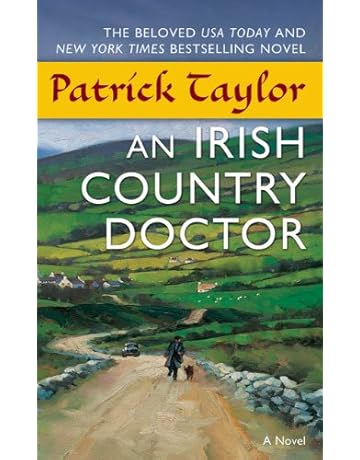February is Black History month, as you might be aware. There are
many well-worn tales of giants of black history: Frederick Douglass, George Washington Carver, and Martin Luther King, Jr.--great men whose stories deserve
to be told. But if you’re interested in diving deeper, may we recommend some perhaps
lesser known tales, that are but a small sampling of the rich tapestry of black
history in America?
The Yellow House
by Sarah M. Broom - Winner of the 2019 National Book Award for Nonfiction, The
Yellow House is Sarah Broom’s account of her family home in New Orleans
East. It is at once both personal and connected to the wide sweep of history in
the Crescent City, including harrowing first-hand accounts of Hurricane Katrina
from her brothers’ perspectives.
The theme of identity is woven masterfully throughout the
narrative, whether it Broom and her family tying their identity to their home,
or society tying their identity to their blackness. Broom’s ruminations will
stick with you long after you finish her story.
All Blood Runs Red
by Phil Keith and Tom Clavin - Keith and Clavin have given some long-overdue
notice to the remarkable life of Eugene Bullard, a black American expatriate
and French war hero, spanning both world wars. Fleeing from racial prejudice in
his native soil in Georgia, Bullard uses his competence and charisma to make
his way to Europe just before the Great War breaks out. Bullard becomes the
first black fighter pilot in aviation history, but his remarkable story doesn’t
stop there.
An exciting story told in plain, readable prose, it is a treat to
witness Bullard fight to be treated equal to any other man, and then go beyond
to lead a remarkable life.
The Warmth of Other Suns
by Isabel Wilkerson - The Warmth of Other Suns is Wilkerson’s 2010 opus
regarding a sometimes overlooked, but monumentally important piece of our
American history - the Great Migration of African Americans from the South to
the cities of the North and West during the first half of the 20th century.
Wilkerson tells the story of the Migration specifically through
the individuals stories of three migrants--a sharecropper from Chickasaw County
in Mississippi, a college-educated orange picker from central Florida, and a
young doctor living in Monroe, Louisiana. Wilkerson does an excellent job of
focusing alternatively on the large-scale social change, and the lives of the
people who lived it.





























